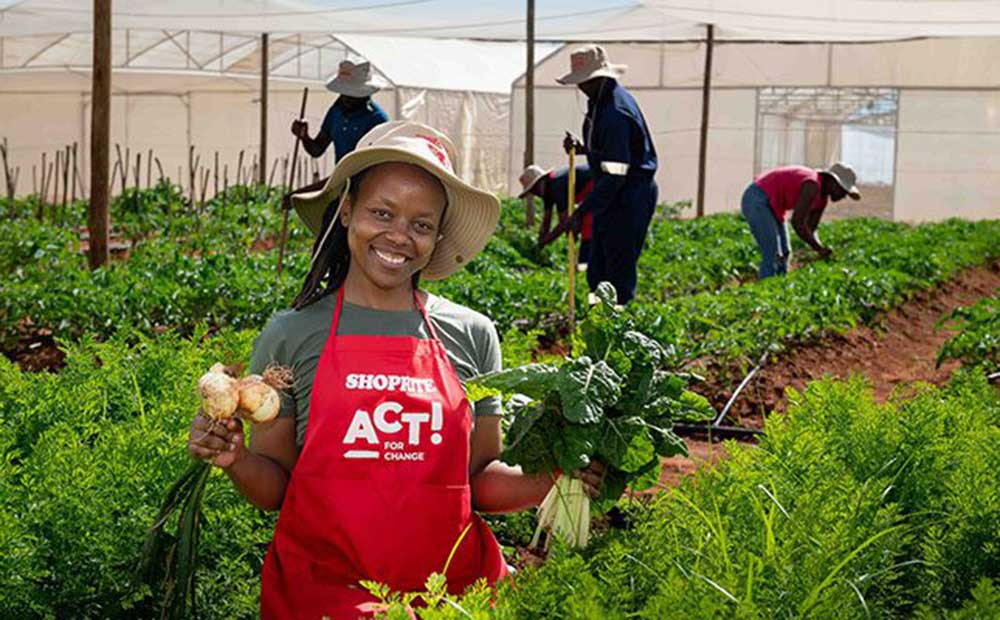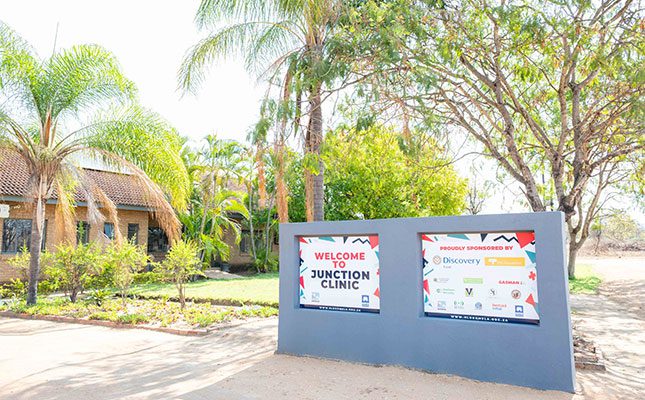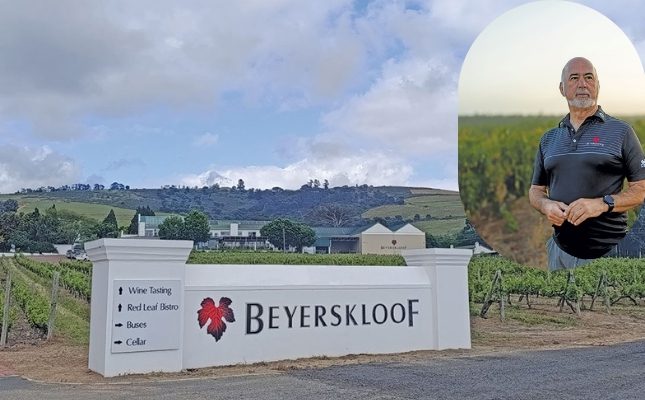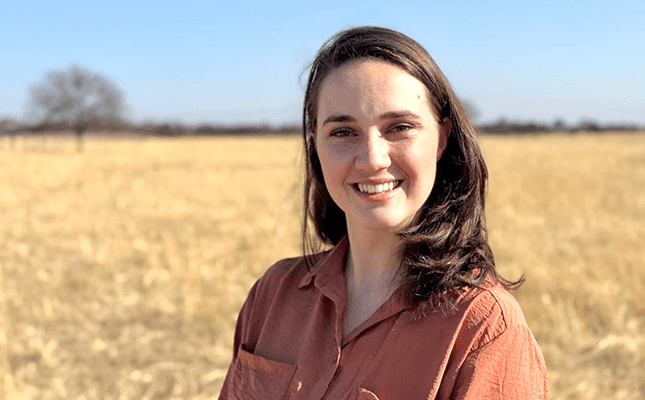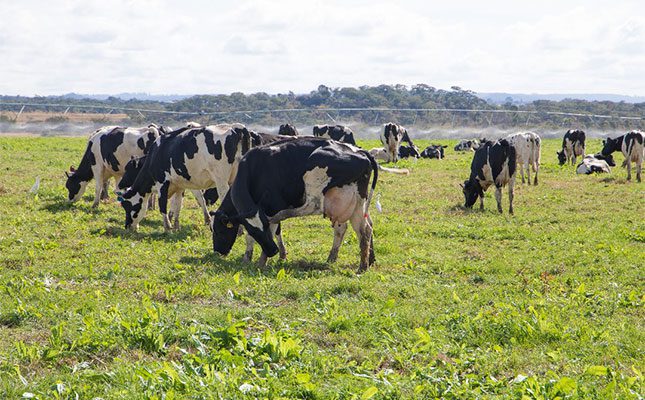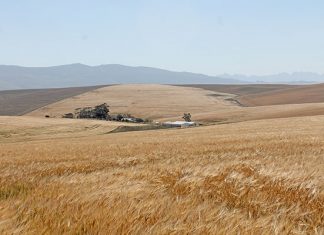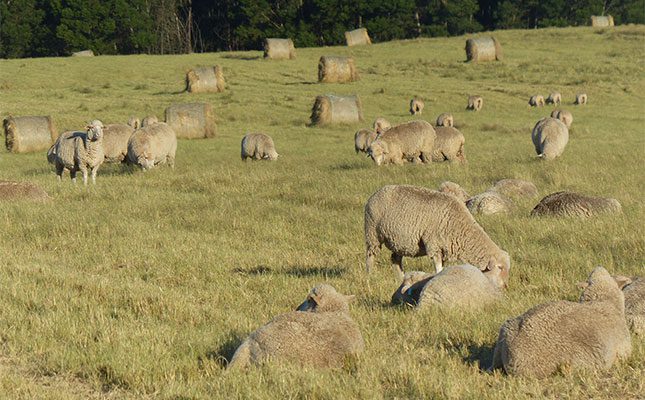
Photo: Mike Burgess
Although Vincent Mhlonitshwa admits that being exposed to communal farming in the Eastern Cape’s former Transkei fuelled his general passion for agriculture, he credits his successful transition to commercial agriculture to the mentorship he received from local commercial farmer Krisjan Kruger, who died suddenly in late 2015.
“My success has a lot to do with Krisjan; he was a good man and a good farmer,” says Mhlonitshwa, who today farms more than 300 Simbra-type beef cows and over 500 dual-purpose Dohne Merino ewes, which are supported by a 210ha cropping initiative.
“Farming in the communal areas is totally different than on commercial land,” he says. “If you as a communal farmer are not willing to be helped by a mentor, you will not succeed as a commercial farmer.”
Mhlonitshwa was born and raised near Mthatha in the former Transkei, where his father, Monde, was a leading communal farmer known for his maize and impressive cattle.
However, Mhlonitshwa recalls how challenging farming in a communal area can be. For example, he tells of how simple management procedures, such as giving a winter lick to one’s cattle, can be near impossible, as it would almost always be consumed by the animals of other communal farmers.
Nevertheless, this early exposure to communal agriculture had a profound impact on Mhlonitshwa and his older brother, Mveleli, as they both committed their lives to agriculture. In fact, his brother still farms in a communal area (he plants 150ha to maize and 50ha to soya bean every year).
But Mhlonitshwa, it seems, was destined to transition from communal to commercial agriculture when, in 2006, his parents purchased the 507ha Uitwoon farm in the Elliot district.
By 2010, he had settled permanently on Uitwoon and began farming in partnership with his father, who was planning to retire. The partnership’s focus was to ensure that their livestock and cropping initiatives were managed according to commercial standards, but Mhlonitshwa admits that he felt out of his depth in this regard.
“You need to be very skilled to run a commercial farm,” he says. “You can’t start without guidance.”
Outstanding Mentorship
Therefore, by late 2010, he began enquiring about a local commercial farmer who would be willing to be his mentor, and by early 2011, he was put in contact with Kruger.
“I phoned him and he immediately said I should come and visit him,” says Mhlonitshwa. “He was a good farmer, and if he had not passed away when he did, would have been very successful by now.”

And so Mhlonitshwa began spending a significant amount of time on Kruger’s farm, where he always asked as many questions as possible. Soon Kruger began spending time on Mhlonitshwa’s property, offering him advice and guidance and insisting on no remuneration.
“He never asked for money, never. He helped out of the goodness of his heart,” says Mhlonitshwa.
Soon Mhlonitshwa started building confidence in the management of his farm and with that came financial momentum. In fact, by 2014 Kruger was encouraging him to expand and lease the 837ha neighbouring property, Lower Glen.
“He said I must try to farm Lower Glen and expand,” recalls Mhlonitshwa.
“I said I would talk to the owners, but unfortunately when I eventually got to lease the farm, Kruger was gone.”
Kruger would have been proud to see how, within a few years, Mhlonitshwa was able to kick-start Lower Glen into admirable commercial production, and how he even went on to lease a further 100ha of arable land on the nearby farm of Gilie Callum.
Cropping
Mhlonitshwa says much of his approach to agricultural production is based on Kruger’s philosophy that focused, productive cropping initiatives should be established to empower value-adding potential in parallel livestock divisions.
“I love my livestock, so I plant maize to add value to the animals,” he explains. “Maize is the engine of my livestock operation.”
It is unsurprising then that at the heart of Mhlonitshwa’s commercial farming operation is an impressive 100ha of dryland maize (preferred cultivars include Dekalb 7376 and 6454) and 10ha of silage maize (cultivars include Pannar 528 and 838).
Maize is planted at 50 000 plants/ ha, and Mhlonitshwa harvests between 5,3t/ ha and 7,7t/ha, depending on the season.
Maize stover and silage have proven vital for supporting livestock through winter, and maize is used as the backbone of his winter and summer lick regimes. Grain that it is not used for value-adding in his livestock divisions – up to 54t a year – is marketed in the former Transkei.
Mhlonitshwa has also established 20ha of teff grass and produces oats, barley and radish in rotation for his livestock on a further 80ha. And this year he is harvesting his first potato crop from several hectares, which he will sell on informal markets.
Livestock
Mhlonitshwa’s 503 Dohne Merino ewes are mated from 15 November to 15 January, and the flock achieves a lambing rate of 99%. Every year, 100 carefully selected replacement ewes are added to the flock, and all culls are sold in the former Transkei.
Ram lambs are creep-fed with a maize-based ration and marketed at a maximum age of 100 days and at a maximum weight of 42kg.
Mhlonitshwa’s entire flock also produces about 20 bales of wool annually. All the sheep are kraaled at night to protect them from thieves and predators.
His 303 Simbra-type cows achieve a calving rate of 80% from two calving seasons, August to October and January to March.

Simbra stud bulls are used in both single- and multiple-sire herds, while a heifer replacement rate of up to 30% (heifers are put to the bull at 18 to 20 months) is adhered to. Dipping of cattle takes place fortnightly in summer and monthly in winter.
Calves are weaned at six months, and bull calves are rounded off on oats before being sold at an average weight of 280kg.
Mhlonitshwa says he has no regrets, only gratitude for the path that has led him to becoming a successful commercial farmer. “You must be dedicated, because what you have read is not what you’ll experience on the farm,” he adds.
Phone Vincent Mhlonitshwa on 073 051 5343.


